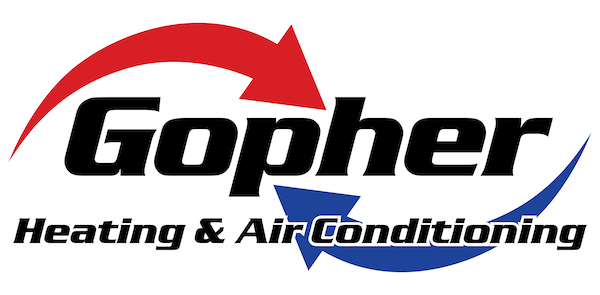
The concept of installing both a furnace and heat pump may sound somewhat odd at first. After all, why would you need two sources of heat? Even though furnaces and heat pumps both produce energy-efficient heat, the variations in their design really make installing both of them a practical option. It’s not for everybody, but under the right conditions you will absolutely benefit from having a furnace and a heat pump.
You’ll want to take a look at several factors in order to confirm if this kind of setup works for you. Your local climate and the square footage of your home are both highly important, especially for the heat pump. This is because multiple models of heat pumps will function less efficiently in colder weather and larger homes. That being said, you can still reap the benefits of heat pump installation in Savage.
Heat Pumps Can Be Less Reliable in Winter Weather
Heat pumps are typically less efficient in cooler weather because of how they provide climate control to start with. Unlike furnaces, which combust fuel to provide heat, a heat pump reverses its stream of refrigerant to draw heat from outdoor air. This heat is then drawn inside and dispersed all through your home. Assuming there is still some heat energy in the air, a heat pump can function. But the colder the temperature, the less reliable this process is.
The less heat energy is available outside, the more effort is required for a heat pump to draw heat indoors to reach your ideal temperature. It might depend on the exact make and model, but heat pumps can start to drop in efficiency at temperatures of 40 degrees and under. They should still be an energy-efficient option until 20-25 degrees, at which point a gas furnace will be more effective.
What Temperatures Do Heat Pumps Run Best In?
Heat pumps function best in milder climates 40 degrees and up. Having said that, you don’t have to lose out on the benefits of a heat pump just because the local climate is colder. After all, that’s why owning both a furnace and heat pump might be worth the costs. You can use the heat pump for energy-efficient heat until the weather is cool enough to warrant shifting to something like a gas furnace.
Certain makes and models tout greater effectiveness in winter weather. For example, the Lennox MLA heat pump is capable of working at 100% capacity at 0°F. It can even remain functional in temperatures as cold as -22°F. For optimum energy efficiency, you’ll likely still want to swap to the furnace in particularly cold weather.
So Should I Install a Heat Pump if I Own a Gas Furnace?
If you’re interested in maintaining the most energy-efficient HVAC system achievable, having a heat pump and gas furnace at the same time deserves the investment. Not only is a dual-heating system adaptable, but it offers other perks like:
- Reliable backup heating – A redundant heating system means even if one breaks down, you still have the capability to heat your home. It won’t always be the most energy efficient, but it’s better than having an unheated home while you wait for repairs.
- Reduced energy costs – The ability to choose which heating system you use according to the highest energy efficiency decreases your total costs. Smaller heating bills over the lifetime of these systems can really add up to a lot of savings.
- Less strain on both systems – Instead of running one system all winter long, heating resources are separated between the furnace and heat pump. Key parts will sometimes last longer as they’re not under continuous use.
If you’re still hesitant about heat pump installation in Savage, don’t hesitate to get in touch with your local expert technicians. They can evaluate your home’s comfort needs and help you figure out if a dual-heating HVAC system is the best option.



